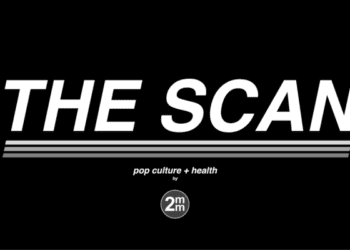Percutaneous bleomycin foam effectively treats venous malformations
1. In patients with venous malformations, percutaneous injection of bleomycin foam was found to be effective in the reduction of symptoms, and showed significant volume reduction of the initial lesion on magnetic resonance imaging.
2. Percutaneous bleomycin foam treatment was technically successful in all patients, who unanimously reported symptom improvement after a single treatment with minimal complications.
Evidence Rating Level: 3 (Average)
Study Rundown: Venous malformations (VMs) are a type of vascular malformation which may involve multiple anatomical regions including the skin, mucosa, and critical neuromuscular components. If untreated, VMs may grow causing both aesthetic and functional local complications, affecting organ function while becoming less amenable to minimally invasive therapy. A variety of techniques have been used in the treatment of VMs including surgery and traditional percutaneous embolization. Bleomycin is a glycopeptide antibiotic which causes injury and detachment of endothelial cells leading to local vascular occlusion in areas of exposure with minimal pain or nerve damage, and has been evaluated as an embolic agent in treatment of vascular malformations. While mechanistically suitable in both local ablative therapy and even in systemic treatment of various cancers, this antineoplastic agent must be dosed carefully and limited when possible in order to reduce exposure-related adverse outcomes. The use of bleomycin foam, a less concentrated formulation with reduced systemic spread, is evaluated in this study for the treatment of VMs. Using magnetic resonance imaging (MRI), the researchers assessed the post-treatment clinical outcomes of bleomycin foam following percutaneous delivery directly to the site of the malformation. All patients experienced symptomatic improvement, which included swelling, pain and bleeding, after a single treatment session with bleomycin foam. Magnetic resonance imaging (MRI) of the treatment site confirmed volume reduction of the treated VMs in 93% of patients. Significant complications occurred in 7% of treated patients. The sample size of this study was small and included VMs from multiple sites on the body, and additional studies that distinguish between various types of VMs would be helpful in confirming these results. Despite these limitations, study results demonstrate the promising safety and efficacy profile of bleomycin foam in the treatment VMs while satisfying the goal to limit overall dosage of bleomycin administered to the patient.
Click to read the study in the Journal of Vascular Interventional Radiology
Relevant Reading: Classification, diagnosis, and interventional radiologic management of vascular malformations
In-Depth [retrospective cohort]: A total of 27 percutaneous injections using contrast-displacement technique were performed in 20 patients using bleomycin foam as the therapeutic agent at a mean dose of 0.45 ± 0.4 U/kg (range: 0.1–2.3 U/kg) for VMs located in the head and neck (85%), extremities (10%) and mediastinum (5%). All procedures were performed successfully with no intraprocedural complications and only minimal post-procedure events in 22% (6 of 27) of patients. 100% of patients were followed by the vascular anomalies team for mean of 66 days ± 80 (range: 4–403 days) and reported significant symptomatic relief following the first treatment. Post-treatment radiographic was data obtained using 1.5- or 3.0-T scanners and were evaluated by 3 separate radiologists. Radiographic volume reduction was documented in 93% patients. When visualized with contrast, 79% of patients demonstrated reduced enhancement at the treatment site, while T2 signal intensity was decreased in 86% of patients.
Image: PD
©2015 2 Minute Medicine, Inc. All rights reserved. No works may be reproduced without expressed written consent from 2 Minute Medicine, Inc. Inquire about licensing here. No article should be construed as medical advice and is not intended as such by the authors or by 2 Minute Medicine, Inc.




![The ABCD2 score: Risk of stroke after Transient Ischemic Attack (TIA) [Classics Series]](https://www.2minutemedicine.com/wp-content/uploads/2013/05/web-cover-classics-with-logo-medicine-BW-small-jpg-350x250.jpg)


